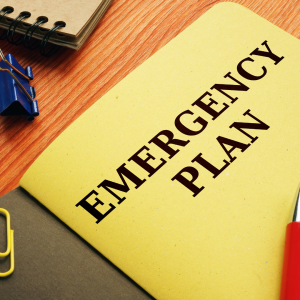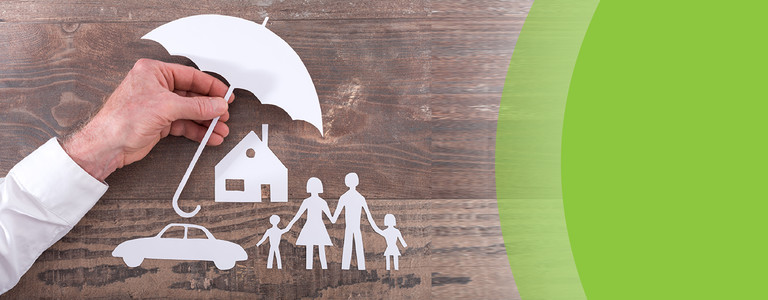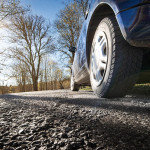 Disasters, whether natural or man-made, can strike with little warning, leaving devastation in their wake. Over recent years, many families and businesses across the nation have faced the harsh reality of being unprepared when disaster hits. However, taking a few proactive steps can significantly enhance your readiness and ensure that you have the necessary coverage and information to handle insurance claims efficiently. Here’s how you can be better prepared:
Disasters, whether natural or man-made, can strike with little warning, leaving devastation in their wake. Over recent years, many families and businesses across the nation have faced the harsh reality of being unprepared when disaster hits. However, taking a few proactive steps can significantly enhance your readiness and ensure that you have the necessary coverage and information to handle insurance claims efficiently. Here’s how you can be better prepared:
1. Check Up on Your Coverage
One of the first and most crucial steps in disaster preparedness is to review your insurance coverage. If it’s been a while since you last spoke with your insurance agent or company, it’s time to make that call. For homeowners, it’s essential to confirm that your policy covers the full replacement value of your home and its contents. Many standard policies have limits that might not cover the true cost of replacing all your belongings or repairing extensive damage.
If you own a business, a coverage checkup is equally important. Ensure that your policy addresses not just structural damage, but also potential business interruption losses. Additionally, standard homeowner’s and business policies often exclude coverage for specific events such as floods and earthquakes. These types of disasters require separate policies or endorsements. Reviewing these aspects with your insurance agent can help you determine if you need additional coverage to protect against these risks.
2. Make a List
Having a detailed inventory of your possessions can be a lifesaver in the event of a disaster. Create a comprehensive list of your household or business items, including electronics, appliances, furniture, and other valuables. This list can be made in written form or, more effectively, as a video recording. Walk through each room of your home or office, capturing footage of each item and its condition. Don’t forget to include items stored in less obvious places like the garage or attic.
This inventory will not only help in proving the value of your possessions but also streamline the claims process by providing clear evidence of what you had and its worth.
3. Have a Grab-and-Go Box
In addition to an emergency kit with essentials like food, water, and flashlights, it’s important to prepare a grab-and-go box. This box should contain copies of critical documents, including your insurance policies, identification, medical records, and any other paperwork you might need in a hurry. If you need to evacuate quickly, having these documents easily accessible can save valuable time and reduce stress.
By taking these steps—reviewing your coverage, making an inventory, and preparing a grab-and-go box—you can significantly improve your readiness for unexpected disasters. Not only will you have better protection for your home or business, but you’ll also be equipped to handle the aftermath more effectively, ensuring a smoother and less stressful recovery process.








